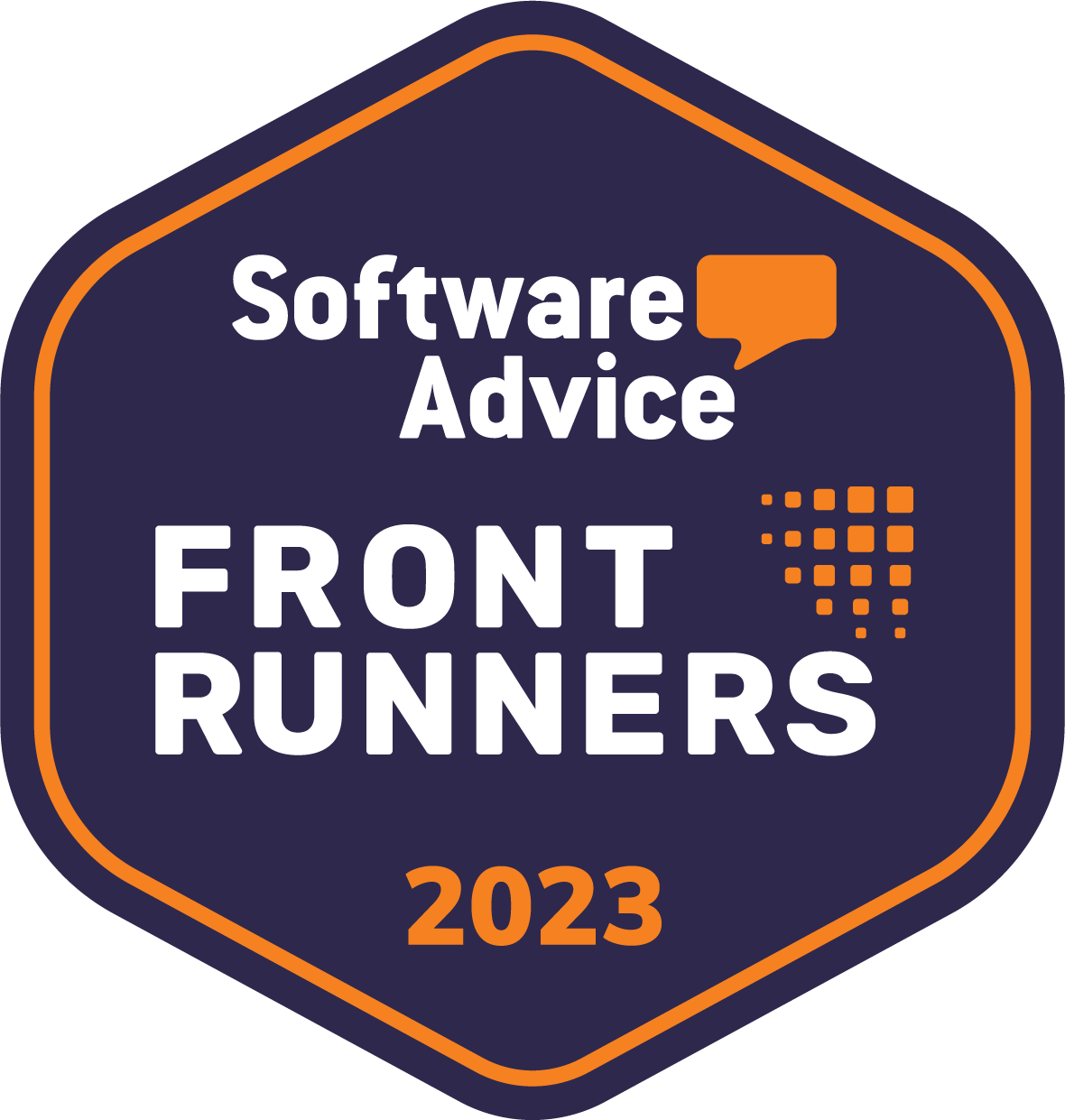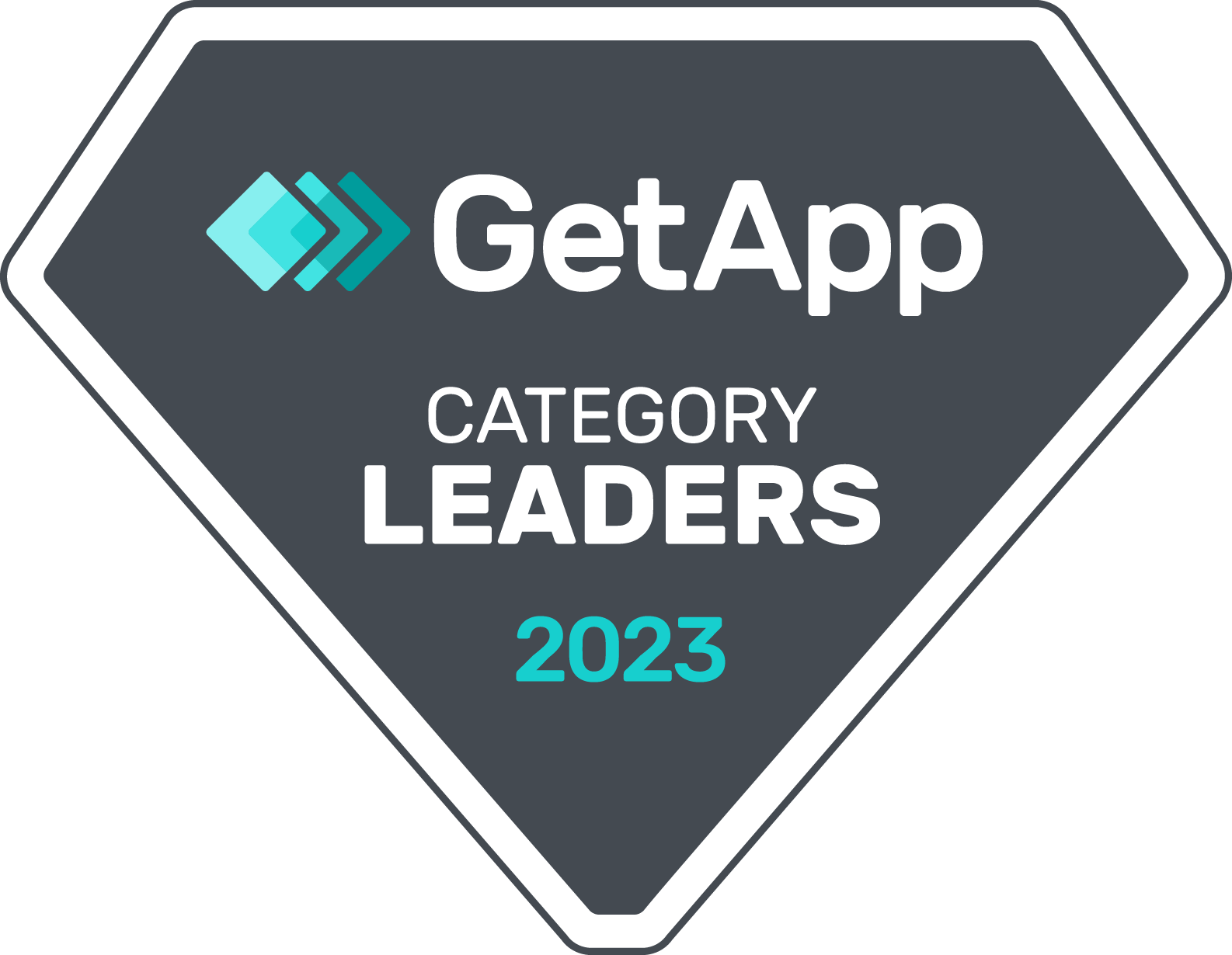 4.7
|
80+ REVIEWS
4.7
|
80+ REVIEWS
Human Resources Management Software
Request a Quote
7,500+ organizations trust Netchex
Reporting & Analytics
Salary, labor, and performance insights all in one convenient place.
Intuitive Self-Service
All the information to empower your team, right at their fingertips.
Full HR Support
On demand access to handbooks, best practices, and everything in-between.
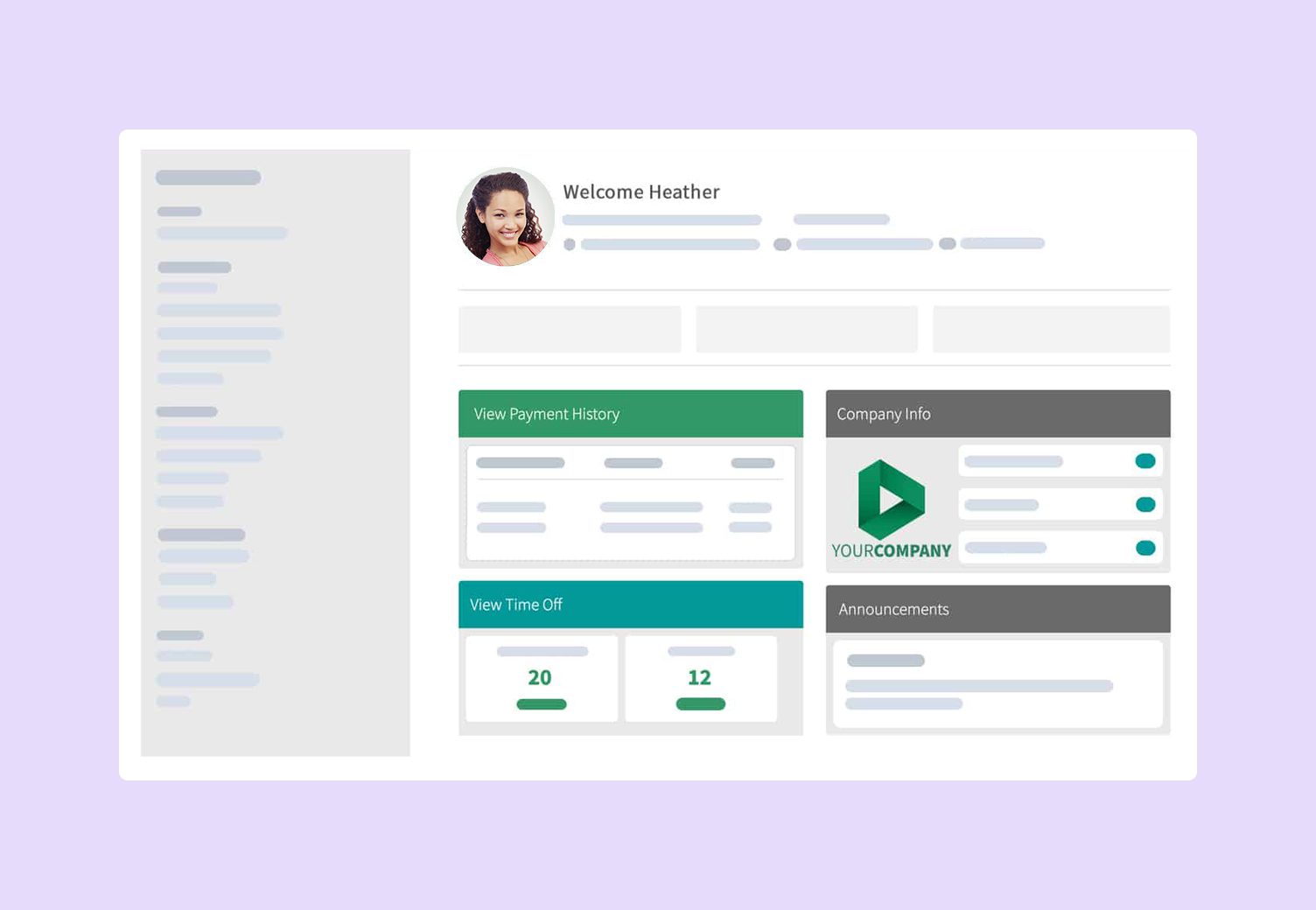
Empower Your Team
From accruals to paystubs, Netchex’s HRM software platform makes information instantly accessible for managers and employees—anytime, anywhere.
Self-service Portals
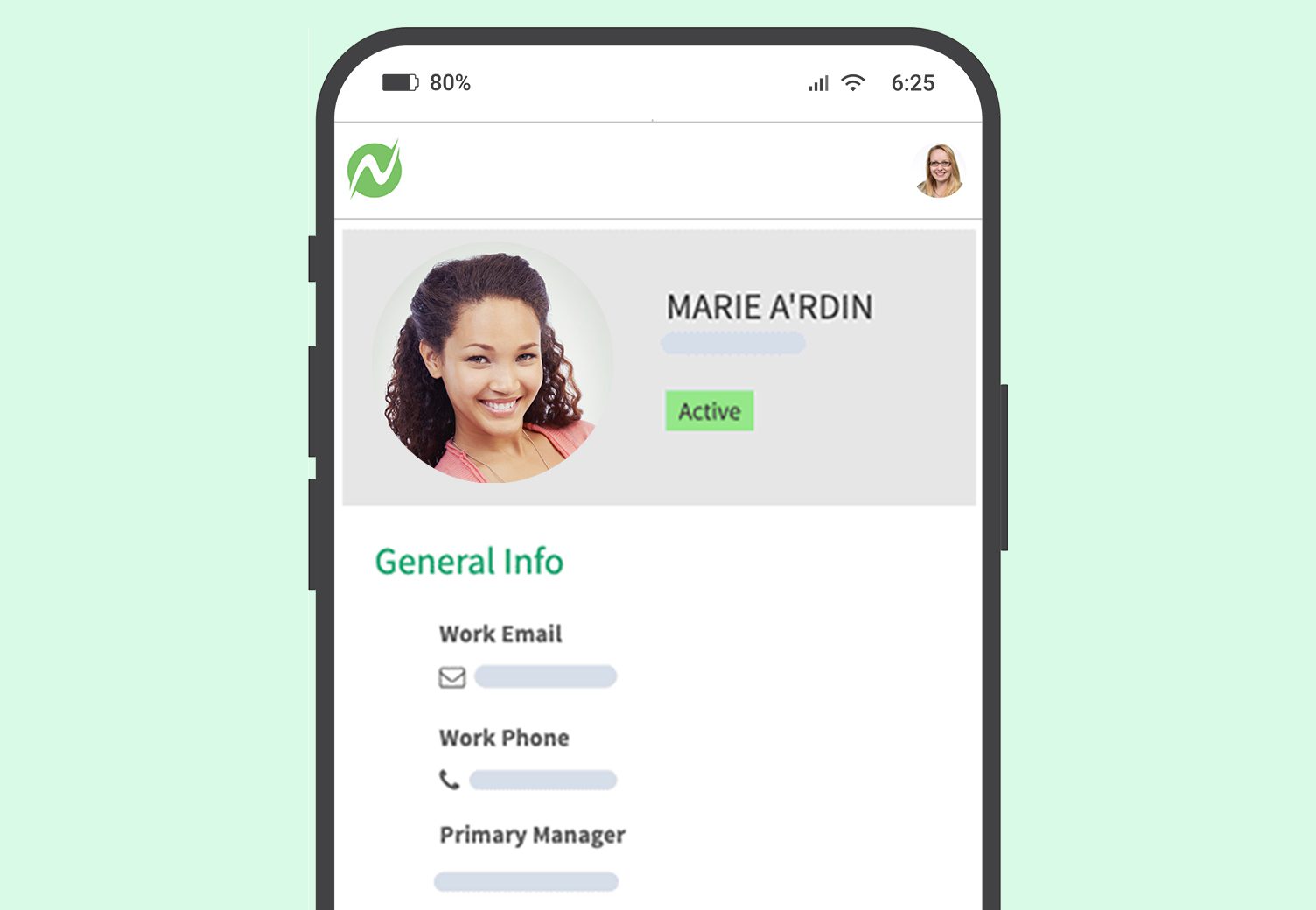
From Hire to Retire
Netchex combines information, performance, and compliance management in a single, smart human resources software.
Employee Lifecycle Management
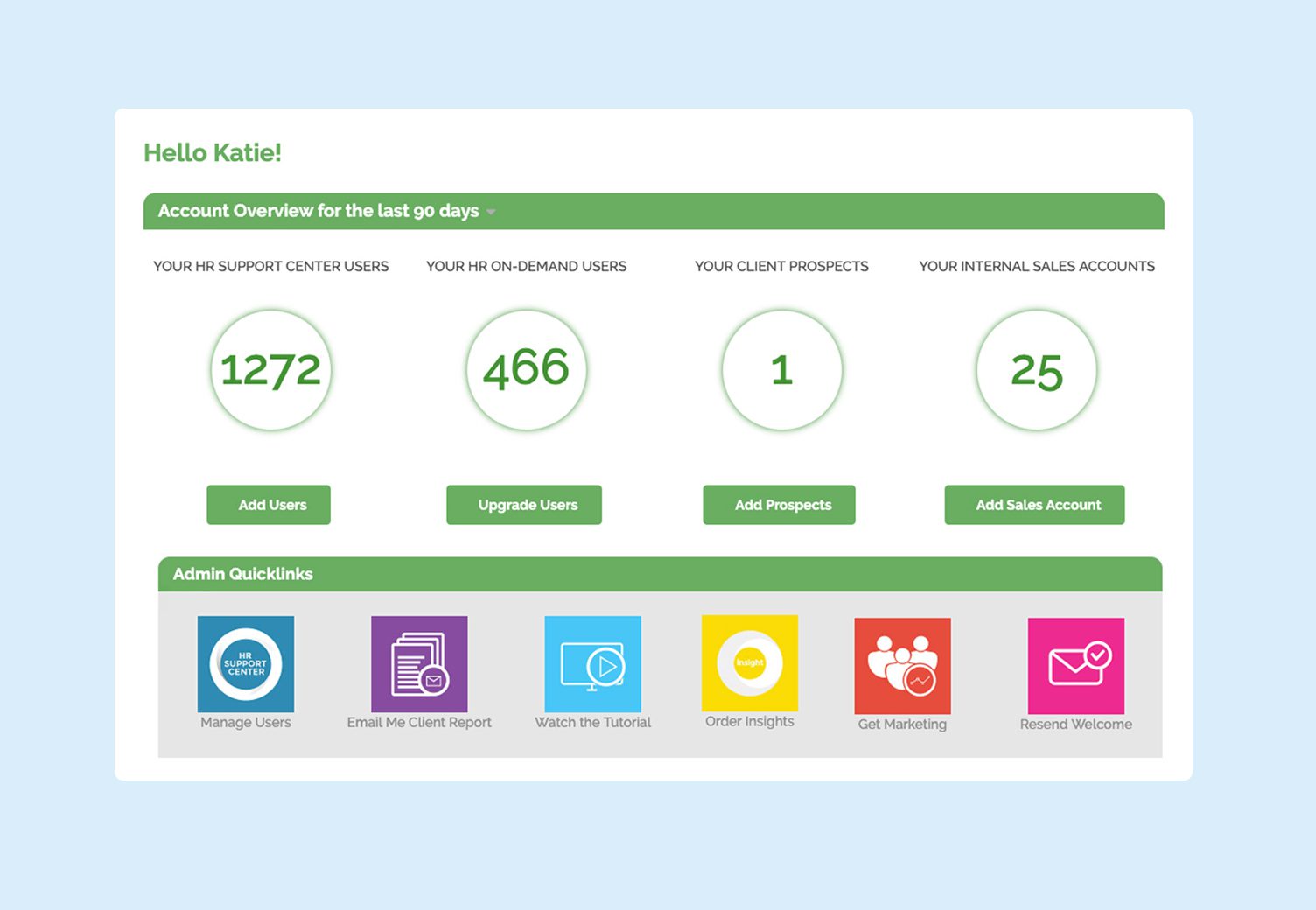
Better Services, Better People
Need templates? Handbooks? Job descriptions? Netchex has you covered with its HR online resources and personalized client support to help your HR department run smoothly.
NetHR Support Center
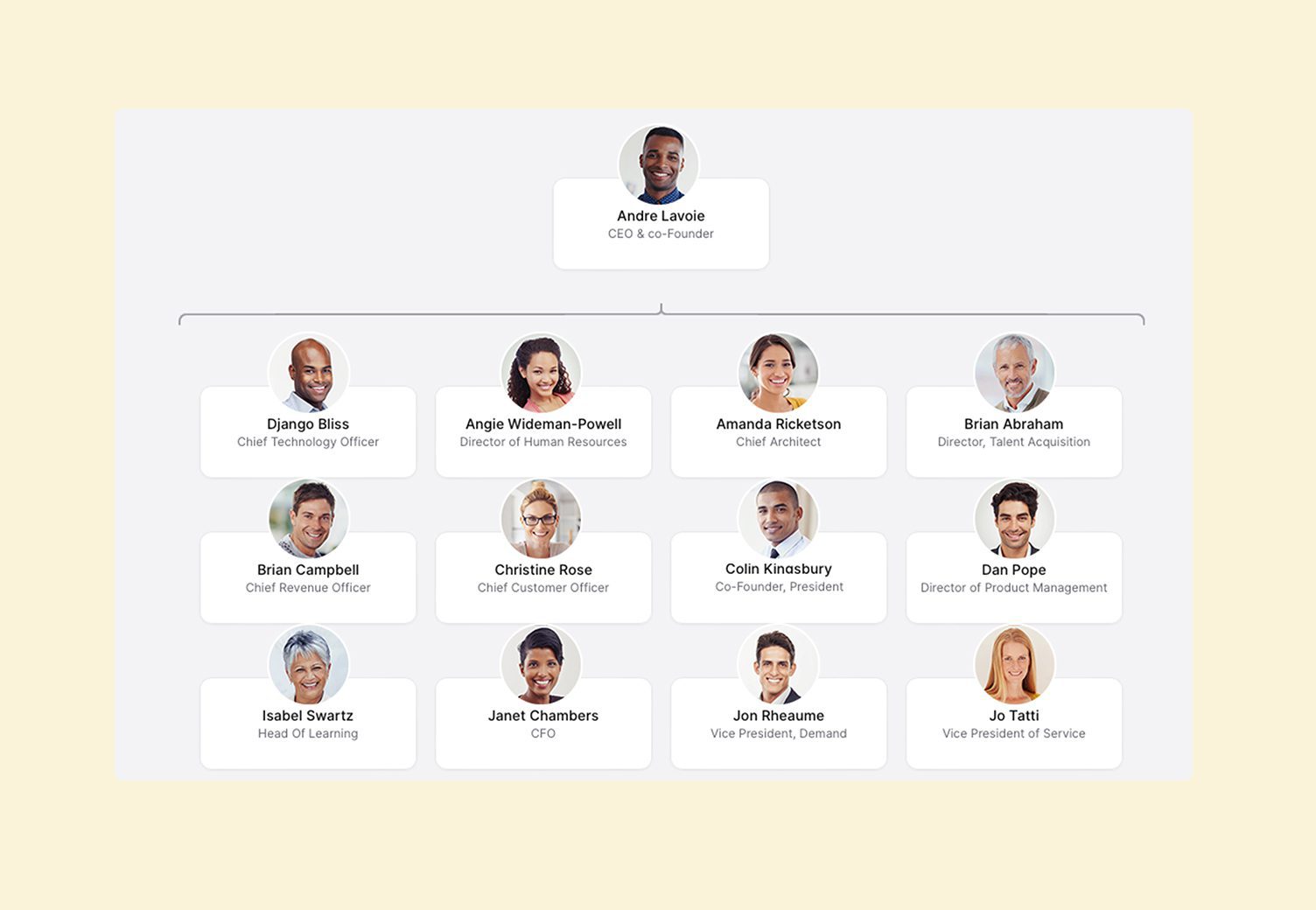
Organizational Charts
- Strategically align your workforce to match business needs.
- Visualize company hierarchy and employee movement.
- Quickly making changes to teams and overall personnel.
Featured Case study
Abita Brewery
At Abita, Jennifer functions as a one-person HR department, making her time incredibly valuable. Her favorite part of working with Netchex is how she has her own small designated service team at Netchex that she can call anytime with a problem. Her precious time isn’t wasted on robo service calls or having to wait on hold to get a solution to her problem.


Unlock the potential of advanced technology & unparalleled customer support with Netchex.
I. What is Human Resources?
Human Resources is a broad term applied to the department, and the professionals who are a part of it, dedicated to managing all matters related to an organization’s employees—from recruitment to offboarding.
As is the case with any other business asset, HR’s main goal is to maximize the effectiveness of employees, while reducing risk and increasing the return on investment (ROI).
Human Resources, or HR, is an essential part of every company—large and small. But what really is HR? What is it supposed to do? And what strategies and tools can be used to make the job easier, yet more encompassing?
HR Needs Based on Company Size
0-49 EMPLOYEES
For smaller companies of this size, it’s often easier and more affordable to completely outsource most of their HR needs. This includes things like payroll & taxes, time & attendance, benefits, and other HR services.
50-250 EMPLOYEES
At the 50-employee threshold, many state and federal regulations kick in that require more attention. Companies of this size can rely on at least one HR professional to wear many hats backed by powerful HR technology.
250+ EMPLOYEES
At this point, having an HR team led by a highly experienced HR professional is required. That being said, many HR services will still benefit from HR technology equipped to handle things like recruiting, onboarding, performance reviews, and more.
Because it can vary depending on size and needs, HR can differ from company to company. But one thing remains constant: Human Resources is a people-focused department.
As one of the most valuable resources of any business, people require an endless supply of guidance and support from their employees—not only while at work, but in their everyday lives.
Encompassing everything from hiring and payroll to benefits and training, HR’s responsibilities touch nearly every aspect of the employee lifecycle. These most often include:
So, how does HR do it? How can one department (or person, even) handle all of that responsibility? It’s not easy, but it can be done with a combination of proper Human Resource Management and powerful Human Resource technology.
With the help of Netchex, discover everything you need to know about Human Resource Management and Human Resources software, as well as various HR policies, compliance, security, and important workplace trends.
II. What is Human Resource Management?
Human Resource Management (HRM)—also referred to as Human Capital Management (HCM)—encompasses the recruiting, hiring, development, and administration of a company’s employees. Put simply, HRM enables the development, implementation, and overseeing of various policies governing workers. This also includes managing the relationship of the organization with its employees.
49%
of companies have invested in human resource management software in recent years
Source: KPMG

Working in tandem with company goals, Human Resource Management helps employees maximize their potential and work better with one another. HRM can also improve the overall health of the business throughout the employee lifecycle that typically include:
- Accurately handling payroll, like payroll taxes
- Managing all employee benefits, including enrollment and administration
- Recruiting the most qualified applicants and onboarding them effectively
- Providing training to close skill gaps and cross-training employees
- Improving your performance reviews and cultivating a performance-based work culture
- Improving the company culture and overall employee engagement
Human Resource Management Key Objectives
Organizational Objectives
Businesses must be efficient. HRM streamlines the hiring, onboarding, training, evaluation, and other employee processes. If HRM can reduce turnover and improve retention, then your company can reduce hiring expenses and training replacements.
Functional Objectives
How well are internal resources allocated across the company? HRM priorities should be regularly re-evaluated with input from employee surveys, reviews, and exit interviews.
Personal Objectives
One of the best ways to improve retention is to empower employees. Continual training is a great outlet for employees to continue their professional growth without disrupting the current workflow.
Societal Objectives
Workplace discrimination is bad–and not just because it’s illegal. Injustice and unequal treatment creates a toxic work environment, undermining the hard work of employees. HR can promote diversity and inclusion, bringing a wider range of perspectives to the table.
Discover a new level of excellence in technology & customer service with Netchex.
III. The Importance of an Internal Communications Plan
Communication is one of the most important pieces of the puzzle when it comes to engaging with employees and improving the culture at your company. When it comes to Human Resource Management, you can’t overstate the importance of effective communication.
74%
of employees have the feeling they are missing out on company news.
source: Gallup
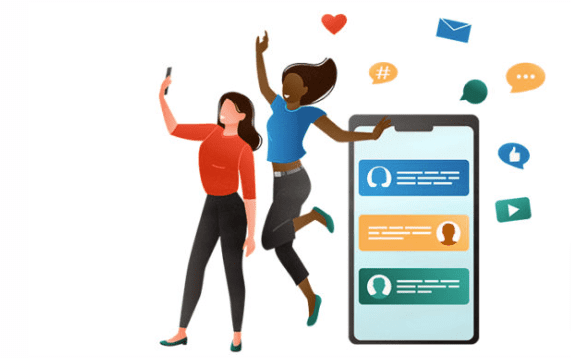
The way you communicate with your employees has a direct impact on the success of your business. When your company doesn’t communicate well, the results do not bode well for your business. End results of poor communication often include:
- Wasted time
- Duplication of efforts
- Missed deadlines
- Compliance issues
No matter the size of your business, HR must develop a successful internal communication plan utilizing Human Resources software, tools, and processes to connect with and relay information to employees. Your internal communication impacts employee engagement and experience, as well as company-wide productivity and collaboration.
20-25%
increase in employee productivity occurs in organizations where employees feel connected and informed.
source: Inc.com

Here are several proven ways you can improve your company’s internal communication:
Remember timing is crucial
Choose the right type of communication
Utilize multiple communication channels
Be clear, focused, and precise in all communications
Pay close attention to tone and perspective
Remain in communication throughout the employee lifecycle
Utilize Human Resources technology for internal communications
Emphasize company culture and goals
Don’t be afraid to use social media
Always follow through with action
III. Managing the Employee Lifecycle
Whether long-tenured or newly hired, all employees need to be supported. HR must make sure your company is meeting the needs of all employees at each phase of their journey.
The employee lifecycle is an HR-focused roadmap through the multiple stages an employee progresses through an organization. While many people may play a role in this journey, HR is critical in the development, execution, and examination of each employee’s lifecycle plan.
Offboarding is just as important as onboarding. Think about the unique needs of departing employees, and remember that your company still has specific needs from them.
What are the Stages of the Employee Lifecycle?

Attraction
75%
of job seekers consider an employer's brand before even applying for a job.
Source: Career Arc
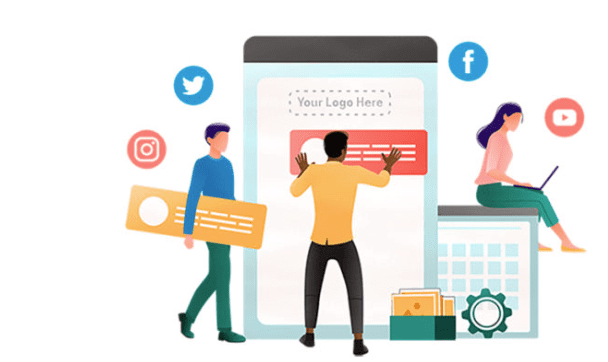
A positive branding strategy draws the right kind of attention to your company from multiple angles.
Recruitment
49%
of respondents declined a job offer because of a poor recruitment experience.
source: PWC

Keep the recruiting message simple and positive, but detailed enough to relay important job requirements.
Onboarding
70%
Organizations with an exceptional onboarding program increase new hire productivity by
source: Glassdoor

New hires have different needs from long term employees, and catering to those specific needs will help them adapt to the new environment.
Development
49%
of respondents declined a job offer because of a poor recruitment experience.
source: PWC
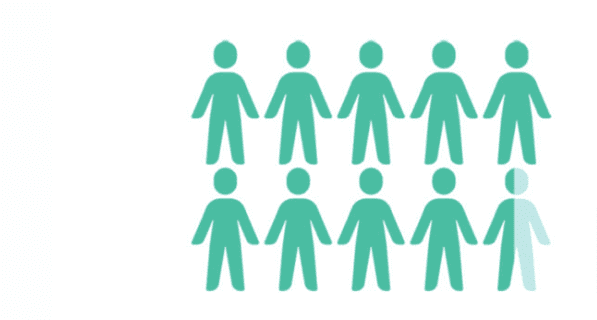
Use a Learning Management System to train new employees, promote continuous learning, and support compliance.
Retention
200%
The cost of replacing a trained employee can be more than 200% of their salary (due to offboarding, recruiting, training, and overall costs)
source: SHRM
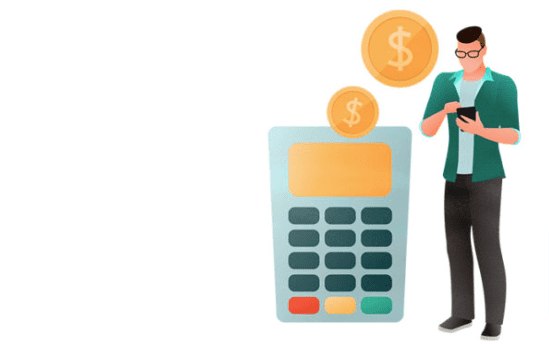
Performance Management software lets you collect employee review data to reward your best employees and give the others concrete metrics for where they can improve.
Offboarding
71%
of organizations have no formal offboarding process resulting in $300 million lost from employee theft and $8.3 million in cyber security breaches each year.
source: HRonboard

Offboarding is just as important as onboarding. Think about the unique needs of departing employees, and remember that your company still has specific needs from them.
Utilizing HR Software Throughout Employee Lifecycle Management
Employee lifecycle management recognizes that each phase of employee development has unique needs. Human Resource software helps fill those needs by enabling employers to assign, track, and monitor data of various HR processes over time. Additionally, it gives employees insight into their personal performance and progress through company intranets and employee self-service portals.
Here are just a few of the benefits of managing the employee lifecycle with Human Resources software:
Increases employee engagement and satisfaction
Nurtures skill development in your employees
Increases employee retention
Improves your ability to recruit quality talent
Provides structure to your training and development
Creates lasting relationships with your employees
Explore the possibilities of industry-leading technology & exceptional customer care with Netchex.
IV. The Benefits of Human Resources Technology
HR technology is designed to make the administrative side of HR easier, smarter, and more efficient year-round. Not only that, but it also helps your company to run smoother. This enables HR to focus on engaging with your company’s most important asset—people.
The shift towards technology in the workplace was already well underway before recent events made HR software an absolute necessity. Today’s modern workforce wants and expects technology in the workplace.
Why is a Connected HR System Important?
More stressful than helpful, bad HR technology is a hodgepodge of disconnected systems. Human Resources software without integration will not solve your company’s issues. But rather, it will just create new problems, stagnate productivity, and waste your time.
60%
of companies use 5 or more different HR systems. On the whole, HR pros spent more than 512 hours a year maintaining multiple systems
source: SHRM
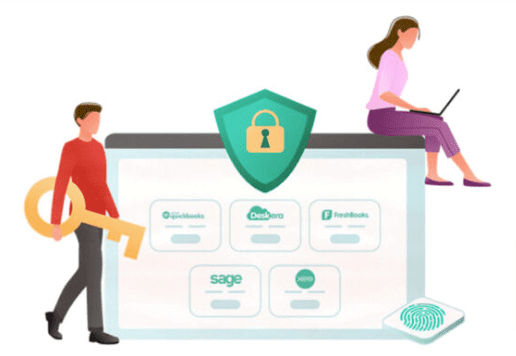
On the other hand, integrated HR software connects the entire employee lifecycle ensuring information, changes, and data are shared across every stage. Simply put, it saves time and money while making HR’s job easier and more manageable.
87%
believe integrating new HR tools into workplace technology is a key priority, while 64% believe their organization will fall behind if HR technology is not fully integrated
source: XpertHR
Here are a few ways integrated Human Resources software will improve your HR department and your entire company:
Save time and money
Improve data accuracy
Make smarter decisions
Attract better talent
Empower your workforce
Increase productivity and engagement
Minimize compliance risk
Enable better communication
Why Employee Self-Service Portals Matter
Employee self-service (ESS) is an important cog in HR technology—from payroll and benefits to onboarding and scheduling. ESS is a labor-saving solution that allows your employees to access their own employee information. This empowers employees to quickly resolve tasks that might otherwise require a manager or HR professional.
65%
of companies with 20-500 employees empower their employees to complete simple administrative HR tasks via self-service. Only 46% of companies with under 20 employees are doing the same
source: CPA Advisor

The Impact of Employee Self-Service Portals
Improve collection, storage, and maintenance of employee information
Increase employee satisfaction and empowerment
Reduce errors and improve data accuracy
Streamline HR functions and processes
Support compliance and data security
Improve HR communication
Streamline recruiting and onboarding
Train employees faster and easier
Go green by going paperless
V. Essential HR Policies, Procedures, and Handbooks
People are undoubtedly complicated. Because of this, companies need countless HR policies and procedures to manage employees and clarify expectations for behavior, performance, and development. It is important to clearly define all policies before issues arise so HR, management, and employees know what to expect and how to handle issues when they appear.
Developing HR Policies
Clear HR policies help manage expectations and reduce liability for your company. HR policies reduce the burden on managers by putting expectations and consequences into writing.
When developing policies, Human Resources must ensure that you’re compliant with local, state, and federal laws. Use these to keep everything in compliance with FMLA, Affordable Care Act, local minimum wage laws, and any anti-bias and harassment laws.
Only 26%
of small businesses with fewer than 10 employees had employee handbooks, whereas 87% of small businesses sized 10-200 employees do have handbooks
source: Gusto

Guidelines for managers and supervisors must be given for behavioral policy’s rules and possible consequences. Reporting options for employees who believe they’ve experienced or witnessed inappropriate behavior must also be included.
Try not to be too negative by focusing solely on the punishment for bad behavior. HR policies should also include positives and perks, such as professional development opportunities, raises/bonuses, and promotions.
Some essential HR policies that every company must cover include:
Anti-Harassment & Non-Discrimination
Employment Classifications
Leave and Time Off
Employee Safety & Health
Employee Conduct
Reasonable Accommodations
Remote/Hybrid/Windowed Work
Drug & Alcohol Testing
NDAs & Non-Compete Agreements
Workplace Relationships
What are Employee Handbooks?
An employee handbook is an official company document that outlines company policies and makes employee expectations clear and referenceable. A well-written company handbook gets your whole workforce on the same page. More than just a framework for discipline and misconduct, your team needs a handbook that helps everyone succeed together.
Like the owner’s manual in a new car, your employee handbook may only get a quick skim from new and older employees alike. Even if they are not read cover-to-cover, they’re meant to be a resource for answering major policy questions and rules.
60%
An estimated 60% of employees do not read their company handbook.
source: XpertHR

Employee handbooks are important and can accomplish several things at once. Here are just a few of the reasons to develop a quality handbook:
Legal requirements
Compliance & legal clarifications
Introduce employees to culture, mission, and values
Communicate employee expectations
Clarify company policies
Help with onboarding
A successful business is constantly moving forward, but an outdated employee handbook will leave you flat footed when responding to problems. From labor laws to social media policies, your handbook needs to address emerging issues in today’s workforce.
Be sure to update your employee handbook regularly to reflect ongoing changes in your industry. Your employee handbook needs to keep pace with the changes in your company. Look at your quarterly handbook review as an opportunity for continuous improvement.
69%
of HR representatives said their organization had NOT revised their employee handbook in the past 2 years
source: XpertHR
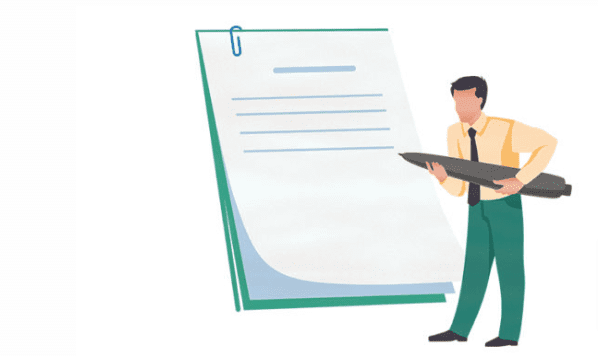
The vast majority of your handbook won’t change annually, but you want every page to reflect the way you currently do business. Address real world situations and keep the language easy to understand. Reflect on the HR challenges you’ve seen in the past few months, and check whether any new HR policies or details need to be added.
Here are just a few of the things to consider when reviewing and updating your employee handbook:
Legal and compliance changes
Evolving workplace policies
Workplace safety improvements
Data security upgrades
Company growth and changes
New technology and software
Employee engagement tactics
Maximize your potential with state-of-the-art technology & superior customer service from Netchex.
VII. HR Compliance and Security
Compliance is critical for businesses of all sizes and is defined as the process of outlining, developing, and implementing various policies and procedures to comply with all applicable laws and regulations. HR plays an integral role in compliance by helping companies stay up-to-date on state and federal laws, as well as specific industry standards.
50%
of HR professionals report a lack of confidence in their ability to keep up with the ever-changing rules and regulations
source: UpCounsel

By developing internal compliance guidelines, HR ensures the business is safe from fines, audits, lawsuits, and other negative impacts to the overall organization. Training must also be in place to guarantee employees understand, acknowledge, and comply with measures put in place.
What is HR’s role in compliance?
Proper hiring practices
HR compliance can safeguard against unfair and discriminatory hiring policies at work. Consider how you approach each phase of the process, including recruiting, interviewing, hiring, and onboarding in relation to state and federal legislation like the Fair Employment and Housing Act and the Americans with Disabilities Act (ADA).
64%
of HR managers don't think they have adequate time and resources to meet the increasing challenges to HR compliance
source: UpCounsel
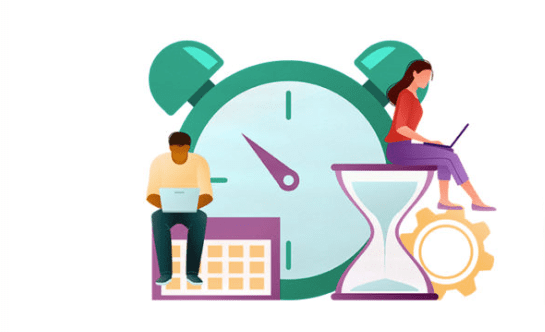
Employee benefits administration
Companies with more benefits generally have more HR compliance issues to navigate, including:
- The Affordable Care Act (ACA) no longer has an individual mandate, but employers still have certain obligations when it comes to employee benefits.
- The Family and Medical Leave Act (FMLA) has requirements for unpaid time off.
- If you offer health insurance, then you will also need to allow departing employees to sign up for COBRA
Pay and time rules
Minimum wage laws and rules against child labor are pretty well known, but your policies for raises and bonuses also need to be compliant. Worker classification will affect overtime payment and taxes. Be sure to follow regulations like the Fair Labor Standards Act (FLSA) for lunch breaks and additional local laws about break periods, lunch hours, and travel time.
Workplace safety
The Occupational Safety and Health Administration (OSHA) sets and enforces regulatory standards across the country. Employers must comply with all applicable OSHA standards governing workplace safety.
Data Security
You have an obligation to employees and clients to protect sensitive data like financial information and home addresses. Additionally, industries that handle medical or legal records may need to follow additional confidentiality requirements like HIPAA.
VIII. Current HR Trends and Insights
One of the biggest challenges for HR professionals is keeping up-to-date with current workplace trends. Because the workplace and its employees are constantly evolving, Human Resources must not only be agile and quick to adapt, but preferably ahead of the curve.
Listed below is a regularly updated list of tips and insights from Netchex on some of today’s most important HR trends.
Mental Health
Diversity & Inclusion
Working Parents
Charitable Giving
Politics
Human Resources Software FAQ
HR software is a digital solution for managing and optimizing the daily human resources tasks and HR-related goals for companies of all sizes.
HR software is designed to make the administrative side of HR easier, smarter, and more efficient year-round, while also helping your company to run smoother.
While features can depend greatly from one provider to the next, Netchex offers a diverse array of HR technology solutions. Our lineup of HR software solutions is designed to improve and streamline all of your company’s HR processes, including:
– Payroll & Tax
– Time & Attendance
– Benefits Administration
– Recruiting & Onboarding
– Employee Scheduling
– Performance Management
– Learning Management
– COBRA Administration
– Human Resources
– Reporting & Analytics
Most HR software providers claim to be single-source technology. However, they are mostly just a hodgepodge of disconnected systems that do not communicate well with one another.
Netchex payroll software is a true single-source technology. Our system has always been developed in-house, as opposed to acquiring other platforms to supplement our offering. This means more than just one login for everything, including:
– Harmonious data flows
– Robust reporting
– Complete compliance
– Better employee experience
Compared to more manual HR processes, Human Resources software can save you significant time and effort. Specific time is dependent on company size, integration features, and other factors. Regardless of how much time is saved, HR technology enables your HR professionals to focus more of their time and attention to your company’s most important resources—your employees.
Cost depends on a number of different factors. Typically, this includes your company’s specific needs, number of employees, and other similar factors. When comparing online HR software providers, it’s important to take additional benefits into account, like customer service, ease of use, and integration capabilities. Choose a flexible plan that meets your needs.
HR technology like Netchex is designed with employees in mind, making it easy for them to find exactly what they need. We crafted a rollout plan for admins and employees—consisting of training, documentation, and personalized assistance from our award-winning client service team.
Ideally, HR software should be available to both admins and employees on mobile devices.
Specifically, Netchex has a full-service app for mobile devices. Our mobile app is available for download in the Apple App Store and Google Play (Android).
The benefit of Human Resources Management Software (HRMS) is that it streamlines HR processes, automates administrative tasks, and centralizes employee data.
HRMS software benefits an organization by enabling streamlined recruitment and onboarding processes, accurate payroll management, simplified employee performance tracking, improved compliance with labor laws, and enhanced employee self-service options, among other features.
The biggest advantage of using on-site HRMS is that it offers greater control and customization options for organizations.
